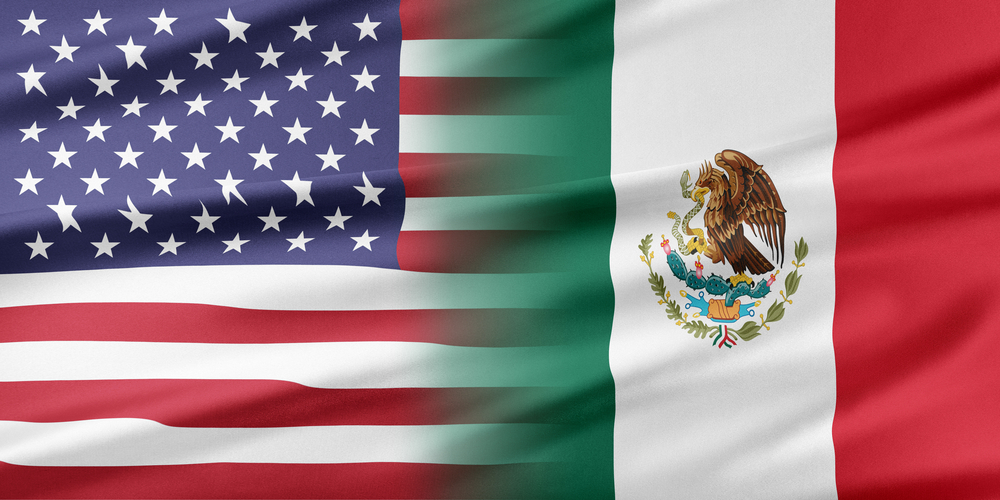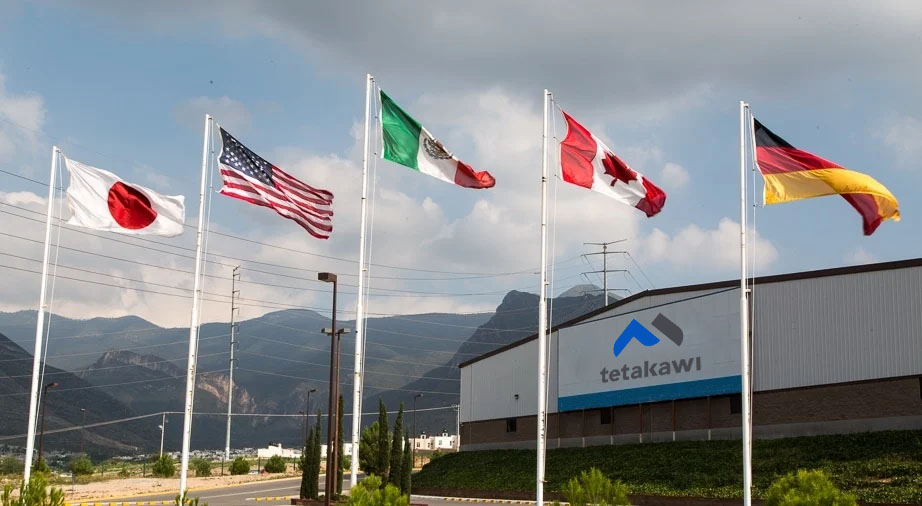Last week Canada and Mexico officially became members of the Trans-Pacific Partnership (TPP). The TPP is a trade agreement currently under discussion by 11 countries, including: the U.S., Australia, New Zealand, Peru, Chile, Singapore, Malaysia, Vietnam, Brunei, and now Canada and Mexico. These countries economic outputs combined represent 26% of the world’s GDP. All TPP members are required to undergo domestic consultations before approving new members. Negotiations for Mexico’s entry into the group began in November of 2011.
By joining the negotiations, Canada and Mexico have opened new markets and can increase exports to fast-growing markets throughout the Asia-Pacific region. It can generate jobs, progress, and lasting affluence.
This is an important development for the U.S. since the U.S. enjoys a strong and extensive trade and investment relationship with both Canada and Mexico. This development presents an opportunity for the U.S. to continue strengthening the economic relationship with the two countries as part of the TPP negotiations to ensure even greater benefits for manufacturers and workers in the U.S. It also presents an opportunity to improve and enhance the NAFTA, and to work to expand that success to encompass the TPP. While NAFTA was drafted as a comprehensive agreement approximately two decades ago, changes in the world economy, the environment for manufacturing, and the scope, coverage and characteristics of trade agreements means that there are significant improvements that can and should be made to areas such as intellectual property rights, e-commerce, production activities, and supply chain factors.
With Canada and Mexico, the TPP market represents more than 658 million people and a combined GDP of $20.5 trillion. Some observers see Mexico’s accession to the agreement as being very significant, as they see the area of the Trans Pacific Partnership expanding to include Japan and Korea. Should this occur the members of the TPP will have a combined GDP totaling twenty-six trillion dollars. In order to make this free trade agreement more effective than those negotiated in the past, one of the principal aims of the TPP has been to lessen non-tariff barriers to trade among signatory countries.
Subscribe
Sign up and stay informed with tips, updates, and best practices for manufacturing in Mexico.





